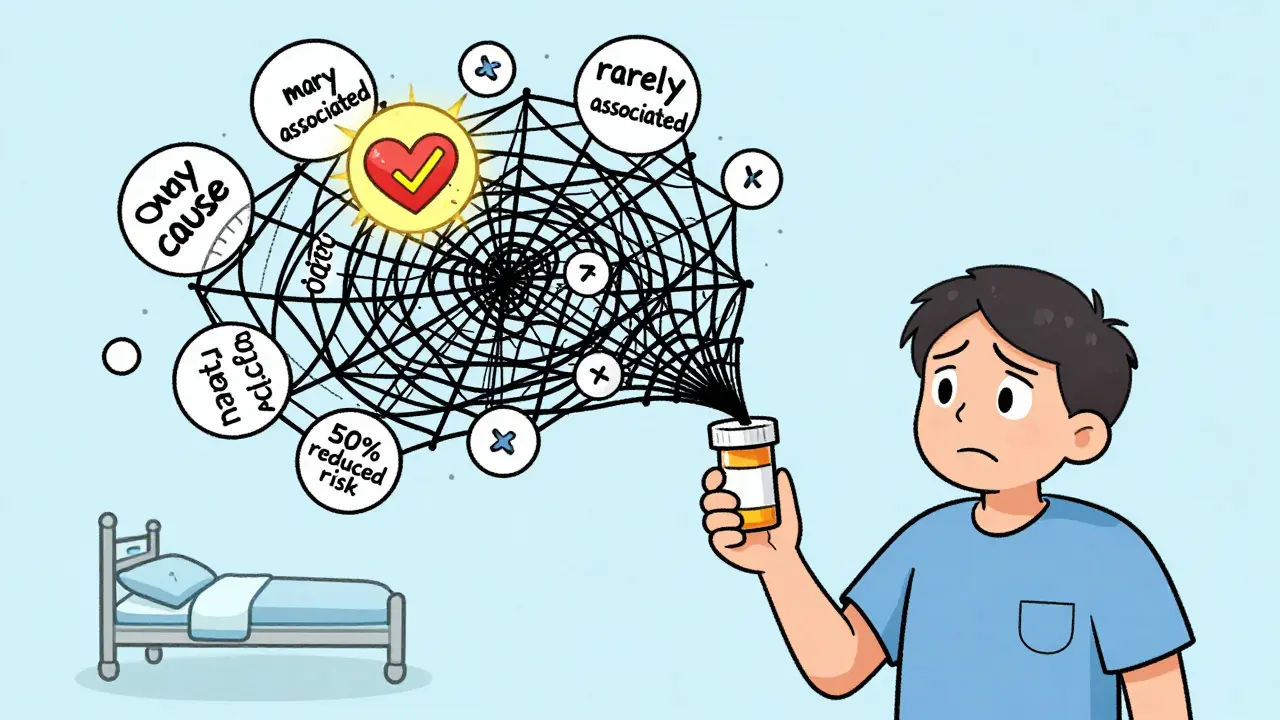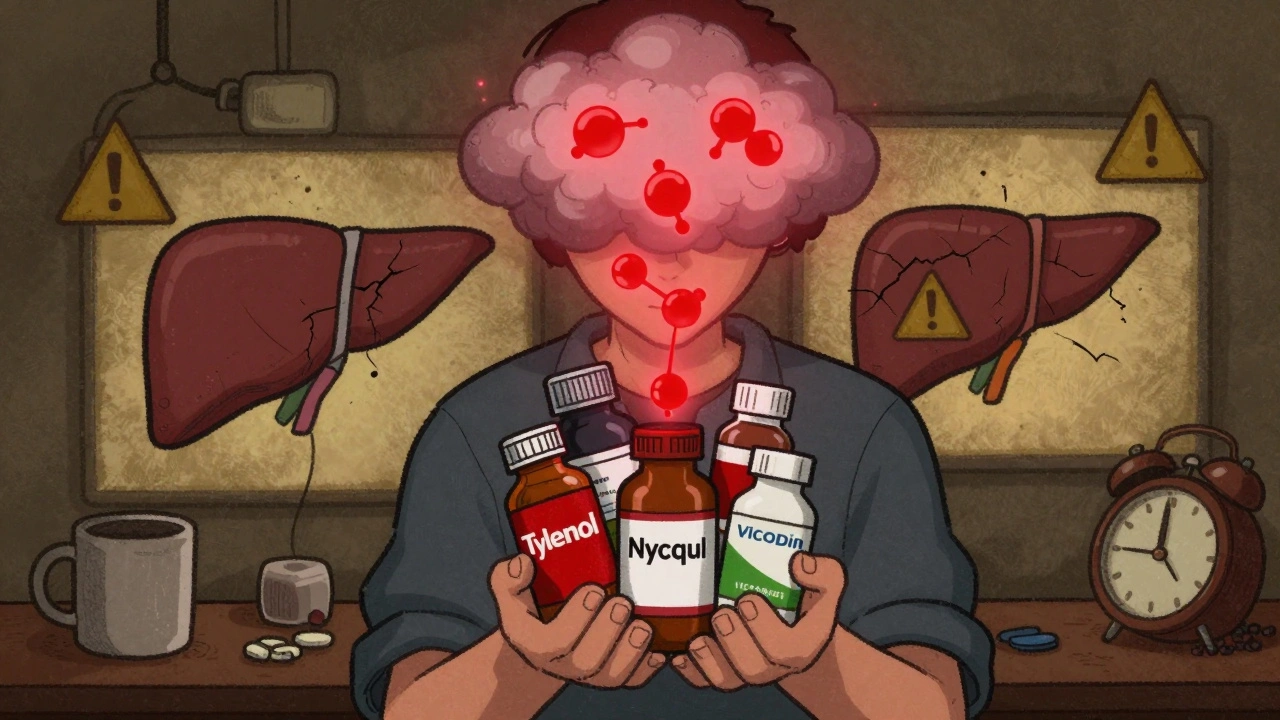Understanding Clomiphene Success Rate for Fertility Boost
If you're exploring options to boost your fertility, clomiphene (often called Clomid) is one of the go-to choices. But a common question is: how often does it actually work? Let’s break down what success really means when it comes to clomiphene treatment and what you can expect from it.
What Does Clomiphene Success Rate Mean?
Success with clomiphene usually refers to how effective the drug is at inducing ovulation and resulting in pregnancy. The good news? About 70% to 80% of women who take clomiphene will start ovulating if they weren’t before. However, getting pregnant is a bit more complex. Pregnancy rates hover around 30% to 40% per cycle for those taking the drug, but this depends on other factors like age and underlying health.
So while clomiphene does trigger ovulation for most women, pregnancy success varies. It helps to see it as increasing your odds rather than a guaranteed fix.
How to Improve Your Chances When Using Clomiphene
First off, timing is everything. Regular monitoring with your doctor during your cycle can help identify your peak fertile days after clomiphene treatment. Using ovulation predictor kits or ultrasounds can make sure you’re trying when it counts the most.
Also, lifestyle changes make a difference. Keeping a healthy weight, managing stress, and avoiding smoking can boost your chances alongside the medication. If your partner’s fertility might be a concern, getting both partners tested is smart.
Lastly, communication with your doctor about side effects or lack of progress is key. Sometimes combining clomiphene with other treatments or adjusting doses improves success rates.
Clomiphene is a valuable tool in fertility care, but knowing what to expect helps manage hopes and plan next steps wisely. Understanding its success rate means you’re better prepared to work with your healthcare provider and increase your chances of welcoming new life.

Medical Treatments for Anovulation: Success Rates of Clomiphene, Letrozole, Gonadotropins, and IVF Compared
Millions of women struggle with anovulation, making pregnancy a challenge. This guide covers the big four medical options—clomiphene, letrozole, gonadotropins, and IVF—breaking down how each one works and what you can realistically expect in terms of results. We’ll sort through common misconceptions, highlight pros and cons, and help you make sense of which approach might fit best. Plus, practical tips to boost your chances and avoid dead ends.





